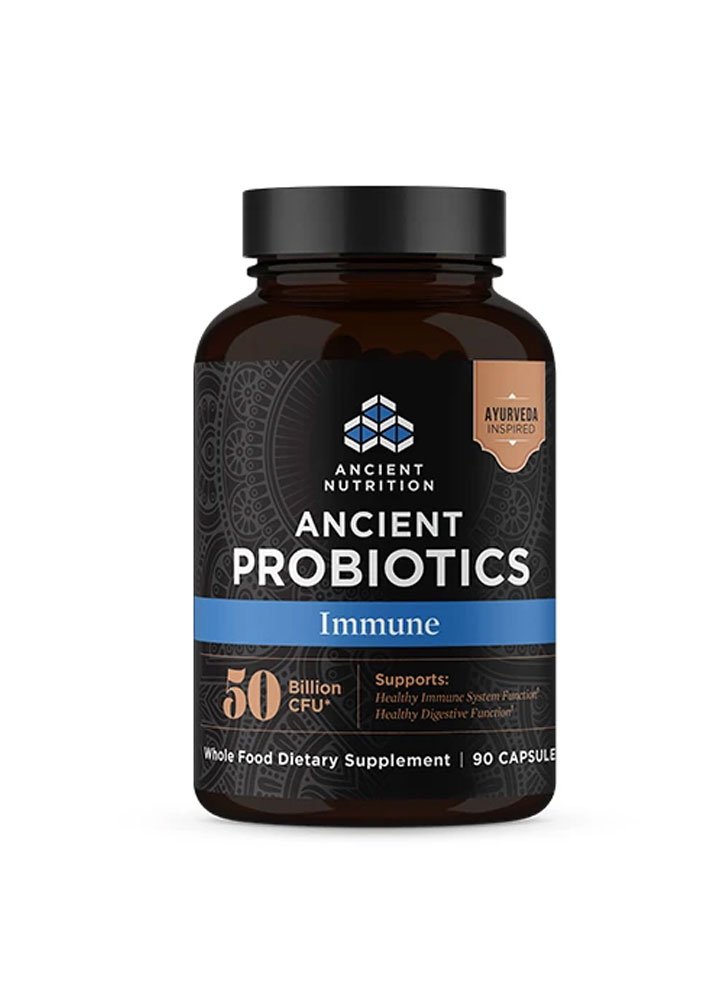
Heart disease is the leading cause of death for women in the United States. The month of February is known as “Heart Health Month,” but we should practice the prevention of heart disease every month of our lives.
A lifestyle that utilizes healthy eating practices can prevent heart disease and sometimes help heal us from our past poor food choices. So, let’s pay attention to these sometimes forgotten beneficial foods that will give our hearts all the ammunition to fight back.
Healthy Oils
We need healthy fats in our diet for healthy heart functioning so our bodies can absorb fat-soluble vitamins such as A, D, E, and K.
However, if we overeat the wrong kinds of fats, we may raise our unhealthy LDL cholesterol and lower our healthy HDL cholesterol.
Good sources of healthy oils are olive oil, avocados, almonds, cashews, pecans, walnuts, cold-water fish, omega-3 eggs, and flaxseed.
This list is not all-inclusive by any means, but it gives an excellent foundation to build a menu that includes healthy oils. These foods are rich in flavor and can turn an ordinary meal into a delicacy.
Fiber
Fiber may have a vital role in fighting heart disease by positively influencing both blood pressure and cholesterol. Fiber is a carbohydrate that our bodies can’t break down, so it passes on and out undigested.
The benefits of fiber result in better intestinal health, reduced inflammation, and a feeling of being full, so we have less hunger which can be an asset in weight loss. As a result of these benefits, a high fiber diet can reduce the risk of developing type 2 diabetes and the effects of autoimmune issues.
Fiber is a great snack to go to by munching on carrots, celery, nuts, apples, berries, pears, and other fruits.
Breakfast, especially one that includes high fiber whole grains, oats, bran, or barley, really starts the day off right.
Dinners and lunches that include beans, salads, and vegetables will fill you up, not out.
If you choose processed foods labeled high fiber, look for brands with at least 6 grams of fiber per serving or at least 3 grams of fiber per slice of whole-grain bread.
Phytonutrients
Phytonutrients are often overlooked in the battle against heart disease. That’s because they are not considered essential nutrients to life when compared to proteins, carbohydrates, and fats.
Phytonutrients are the colors that make our meals a joy to look at and serve an essential role in our health. Plants utilize phytonutrients to protect them against the sun’s UV rays and some insect attacks.
In humans, colorful plant foods provide the body with antioxidants and help reduce inflammation. The colorful plants like berries, peppers, tomatoes, and sweet potatoes are easy to spot in your grocery store’s vegetable isles.
But don’t overlook some of the other phytonutrient foods that are not so easily spotted. These foods include onions and garlic. What would dinner plates be without these gems?
Check with Your Doctor
Before embarking on any eating plan, check with the medical professional who is most familiar with your health. Everybody is unique and needs to monitor and balance their intake of foods, medications, and supplements.
Lab work analyzed by your specialist can help you develop an individualized plan of attack to enhance your quality of life and improve the conditions your heart needs to keep on pumping.
Adding these sometimes forgotten, essential nutritional enhancements to our diets creates more flavorful meals that are a joy to consume.
I hope that these tips have given you some ideas for healthy meals and snacks that will bring you overall health and joy for many years to come.
In what ways do you add these beneficial foods to your daily diet? What other, perhaps forgotten, ideas do you implement to prevent heart disease? Please share your experiences and stories with the community!





